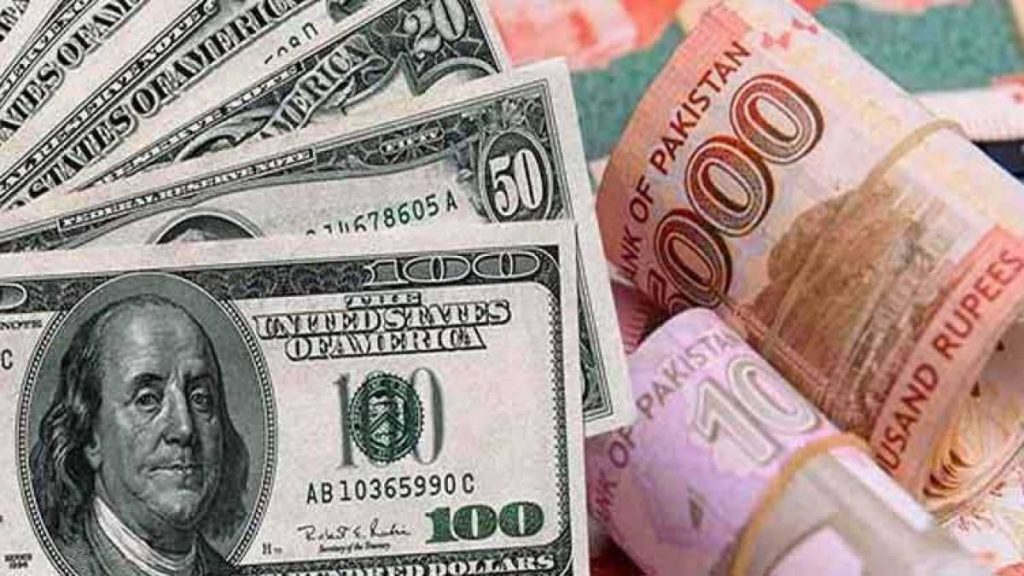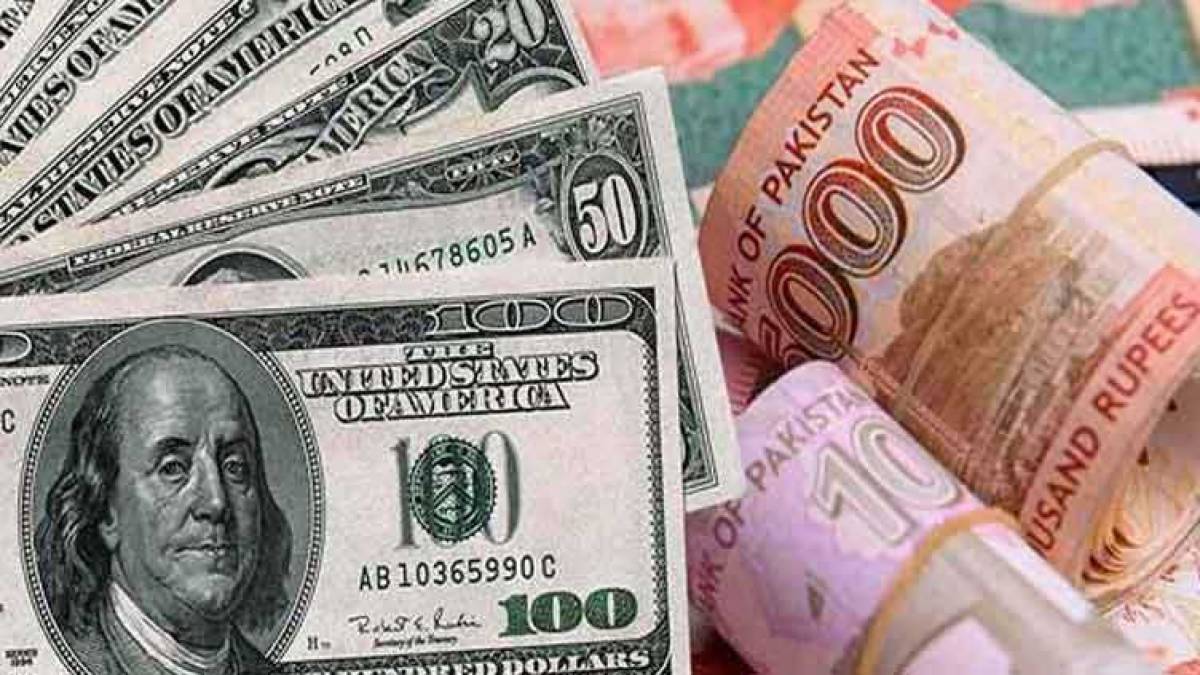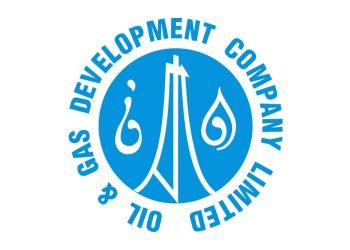The journey of the Pakistani Rupee (PKR) during the fiscal year FY24 can be described as tough yet remarkable. The currency rebounded from its all-time low against the US Dollar in the early months to a modest gain by the end of the fiscal year. The domestic unit settled FY24 at 278.34 per USD, an improvement of over 7.65 rupees or 2.75% compared to the closing rate of 285.99 for FY23. This marks PKR’s first appreciation in three fiscal years, a slight recovery from the cumulative loss of over 128 rupees witnessed in the past two fiscal years.
FLUCTUATIONS AND RECOVERY
The average exchange rate during this period stood at 283.23 per USD compared to the average of 248 per USD in FY23, reflecting a seesaw journey with continuous fluctuations. Despite these fluctuations, several positive triggers helped the country’s currency achieve a favorable closure.
IMF’S ROLE IN STABILIZING PKR
One of the primary factors contributing to the resilience of PKR was Pakistan’s 9-month Stand-By Arrangement (SBA) with the International Monetary Fund (IMF), which provided a policy anchor to eliminate FX shortages by returning to proper FX market functioning. The government eliminated multiple currency practices related to exchange rates applied to transactions with the State Bank of Pakistan (SBP), along with all remaining exchange restrictions resulting from limitations on advance payments for imports.
COMBATING THE BLACK MARKET
However, the removal of restrictions on letters of credit (LCs) led to a widening gap between the interbank and open market rates as the demand for dollars spiked. This became a major concern until the government launched a robust crackdown against culprits dealing in the black market, which was draining dollars from the country. The restriction of illegal dollar trade shifted Pakistani diasporas to formal channels, boosting the flow of remittances into the country. Consequently, the spread between interbank and open market rates, which had reached around 9% in May 2023, almost vanished and currently stands well below the IMF’s recommended limit of 1.25%.
INITIATIVES BY THE CENTRAL BANK
The central bank also took several initiatives to inject transparency into the forex market. It decided to consolidate and transform various types of Exchange Companies (ECs) into a single category with a well-defined mandate. Additionally, leading banks actively engaged in foreign exchange business were directed to establish their wholly owned ECs to cater to the legitimate foreign exchange needs of the general public. Notable banks such as UBL, Meezan, HBL, and BAHL have launched their exchange companies across various cities in the country.
BOOST IN FOREIGN EXCHANGE RESERVES
The central bank raised the validity of allowing ECs to import cash US Dollars up to 50% of the value of their export consignments by another six months to ensure an adequate supply of cash dollars in the open market. The successful reviews following the agreement with the IMF helped build the nation’s foreign exchange reserves by unlocking funds and opening new avenues of borrowing and rollovers through multilateral and bilateral partners.
POSITIVE MACROECONOMIC INDICATORS
A favorable transition for the local Rupee was observed as the real interest rates in the economy turned positive in March 2024, after over three years. As the economy stabilized with these positive pushes, Pakistan’s currency significantly reduced its exposure to volatility and entered a stable zone.
FOREIGN INVESTMENTS AND REMITTANCES
The cash-strapped nation’s foreign exchange reserves witnessed a boost of over 57% to reach $14.4 billion, compared to $9.6 billion in FY23. Foreign investment into the country as of the first 11 months of FY24 spiked to $1.17 billion, around 143% higher than in the previous fiscal year. The country’s current account balance demonstrated a major recovery, with the deficit balance shrinking by 87.68% to just $464 million in the first 11 months of FY24.
LOOKING AHEAD
The outlook for the currency appears mixed, considering both anticipated positive and negative pressures. The IMF has warned that the recent stability of the rupee should not lead to renewed expectations that this will persist in the future. Policy slippages and lower external financing could undermine the narrow path to debt sustainability and place pressure on the exchange rate. Political instability and social tensions could also weigh on policy and reform implementation.
FOREIGN SUPPORT AND CENTRAL BANK MEASURES
Productive engagements with Saudi Arabia and China are expected to boost trade, cooperation, and foreign direct investment (FDI) into the country, attracting dollars. The central bank is expected to remain stringent and proactive to ensure transparency in the forex market through effective monitoring. The next expanded program with the IMF, worth $6 to $8 billion, is expected to be a key influencer for Pakistan’s currency.
CONCLUSION
Despite the PKR’s impressive comeback, difficulties still exist. Rising debt payments could drive Pakistan further away from stability by causing a financing shortfall from outside sources. To preserve the progress made and steer the nation toward a stable and secure economic zone, the leadership of the nation will need to make astute, stringent, and open decisions.















